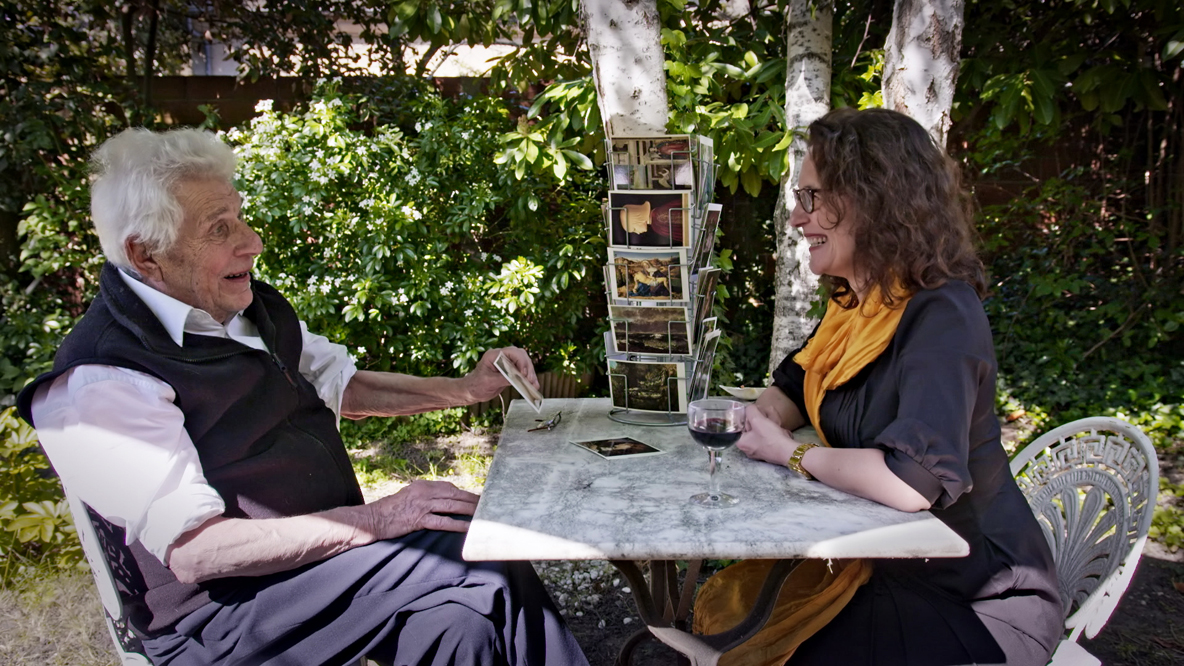
He used the European tradition of oil painting as a way of investigating political ideology, unearthing damning evidence of an entrenched and exploitative system in the lovely works of Caravaggio and Leonardo da Vinci.

It reached a new tranche of readers last year by way of the American model Emily Ratajkowski, who opened her memoir My Body with Berger’s quote: “You painted a naked woman because you enjoyed looking at her, you put a mirror in her hand and you called the painting Vanity, thus morally condemning the woman whose nakedness you had depicted for your own pleasure.”įrom the very first scene, in which Berger takes a knife to a Botticelli, it was clear that Ways of Seeing was an assault on thoughtless reverence. According to the novelist Ali Smith, who watched it as a child, “even its title set me on a road where I knew there wasn’t just seeing, there were … ways of it”. Ways of Seeing has inspired generations of writers, artists and curators, spawning academic conferences and tribute programmes.

This idiosyncratic documentary, made on a shoestring budget, has been snapping eyes open for half a century. It had a modest audience and few reviews, and yet the anonymous critic was right. “If you are in the least interested in art,” it began, “have your set tuned and be ready to have your eyes opened by John Berger in the first of a stunning new series.” Ways of Seeing was broadcast on BBC Two at the unpromising hour of 10.05pm on a Saturday night, the same time as Match of the Day.

O n 2 January 1972, the Sunday Times ran a short preview for a new documentary.


 0 kommentar(er)
0 kommentar(er)
